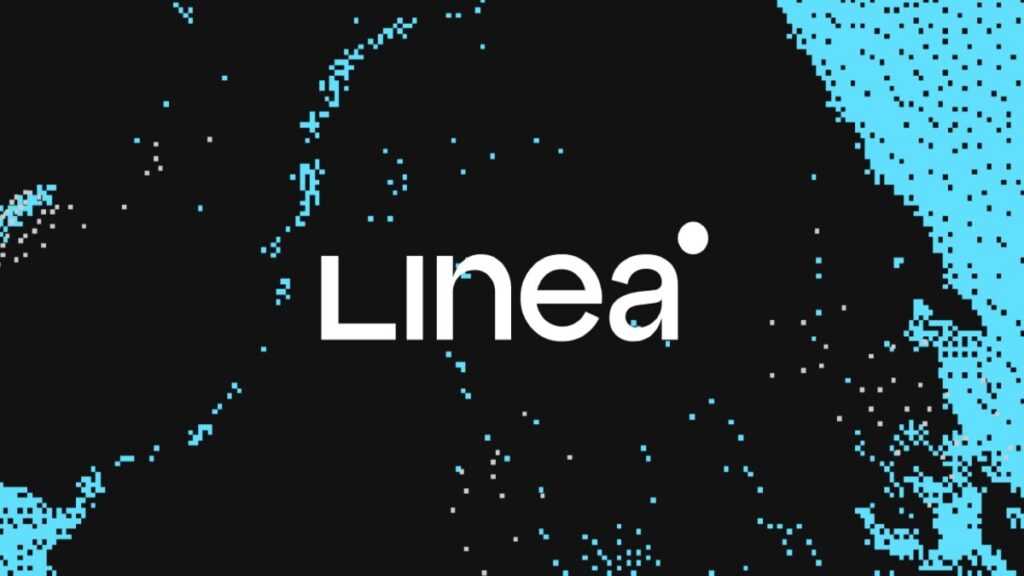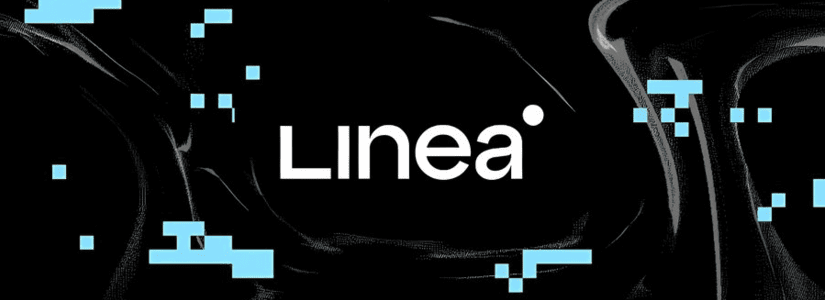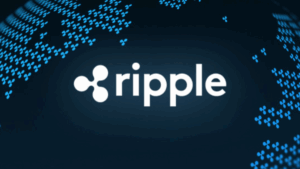TL;DR
- Linea will integrate Lido V3 in October 2025 to automatically stake bridged ETH, removing the need for manual action.
- Native Yield aims to turn idle ETH on layer 2 networks into a productive asset, reducing capital migration and offering sustainable returns.
- The system will rely on non-custodial contracts and mechanisms like EIP-7002 to ensure security, liquidity, and decentralized control in case of failure.
Linea announced that it will incorporate Lido V3’s infrastructure to automate staking for ETH bridged to its network.
The new feature, called Native Yield, will stake funds automatically when they are bridged to this layer 2 network, with no user input required. The integration is set to launch in October 2025 and aims to generate sustainable returns through Ethereum’s proof-of-stake mechanism, without depending on token-based incentives.
Linea Seeks to Minimize Idle ETH
Today, most ETH bridged to layer 2 networks remains idle or requires user action to generate yield. Linea wants to change that by converting idle ETH into a productive asset through smart contracts designed to stake it automatically. This decision also addresses what the team sees as a structural issue in DeFi: fragmented incentives and constant liquidity migration driven by short-term yields.
Transparency and Security Mechanisms
The technical setup relies on Lido V3’s stVaults—non-custodial smart contracts that allow staking without intermediaries. Linea will appoint entities to carry out staking, while withdrawal keys will be secured in independent contracts, beyond the reach of any centralized party. To handle potential withdrawal spikes, a liquidity buffer will be set up using unstaked ETH. If the buffer runs out, users will receive stETH, a liquid token that can be traded on secondary markets.
The system will also include additional safeguards, such as EIP-7002, which enables forced unstaking if security threats or governance failures are detected. Moreover, the design allows users to trigger system rebalancing if liquidity thresholds are breached.
While many networks use artificial incentives to attract capital, Linea is betting on a model that keeps ETH productive without exposing it to high-risk protocols. Although some question the maturity of the stVaults system, the team is sticking to its original plan. If the staking automation proves effective and secure, the protocol could establish itself as a more efficient alternative for managing liquidity in the Ethereum ecosystem













